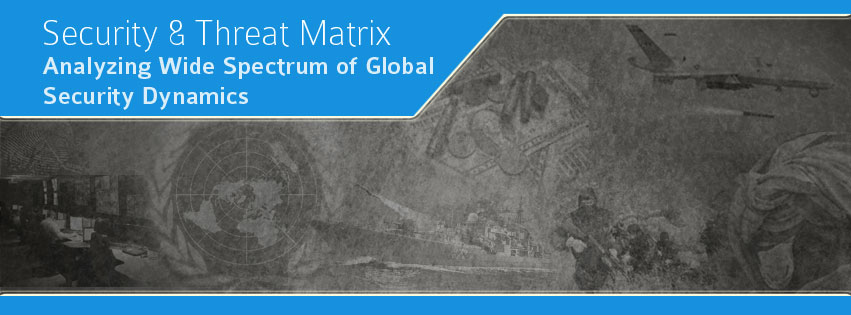By Shahzad Masood Roomi
As Pakistan and China sent strong strategic message to the world by showing the resolve to go ahead with strategically critical China Pakistan Economic Corridor (CPEC) by singing 51 various agreements, the forces afraid/annoyed by this strategic plan made their intentions clear when unknown terrorists tried to destroy one of the critical air traffic radar facility located in Pasni (Baluchistan). This radar is part of Karachi FIR (Flight Information Region) and plays a critical role in directing both domestic and international air traffic passing over Pakistani skies.
 |
| Source - Civil Aviation Authority website |
Deputy Commissioner Gwadar Abdul Hameed said terrorists shot fire on the radar 8Km far from the location and managed to flee after exchange of fire with law enforcement agencies." No loss of life was reported in the incident.
ASF spokesman Abbas Memon told the media that all the installation of the Pasni radar were safe. He termed the attack on the radar an organized assault by terrorists.
ANALYSIS:
CPEC is being watched very closely by global media and diplomatic community. This strategic plan is yet another manifestation of the most prominent geopolitical trend of the 21st century. Strategic shift of power from the West to the East! The US once was the largest investor in Pakistan, but as the US economy strangled due to prolonged unfinished wars, China has replaced the US not only as the largest investor in Pakistan but also as the largest global economy. Through CPEC, China will built some 3000 Km of roads and more than 16,000 megawatts of electricity. China will also complete, $2 billion Pak-Iran gas pipeline as well.
Since 2006, Pakistan and China have been trying to implement the CPEC but Pakistan's precarious internal security profile prevented both the governments to initiate this futuristic mega project. After the persistent successes of Pakistan Army against the terrorists in North Waziristan Agency, in the restive FATA region after launch of Operation Zarb e Azb, the Chinese government, for the first time, began to see Pakistan as a secure country to kick start this delayed program to built Pakistan's infrastructure from the deep seaport of Gawader to the Kashger region of Eastern China. The project holds strategic significance for both the nations. For Pakistan, it is going to be a game-changer as far as the country's economic outlook is concerned.
Inflow of Foreign Direct Investment (FDI) to Pakistan has been decreased during the last 15 years. This project will encourage other investors around the world to see Pakistan as a safe place to invest. For China, the route is critical in order to secure the sustained energy supply route instead of relying on more expansive and dangerous Strait of Malacca.
In this backdrop of strategic importance of this plan for both the countries, the timing of this most recent terrorist attack and the visit of Chinese President Xi Pinjing is not a coincidence. Evidently, this attack was part of an attempt by hostile anti Pakistan actors (both state and non-state) to send a strategic message to the Chinese government to reconsider their plans to invest $45 billion in Pakistan. Usage of the RPGs against sensitive installations has become the most predictable tactic of the terrorists in Pakistan after assaults on Mehran air base in Karachi in 2011. In order to avoid similar attacks on other installations, Pakistani security forces will have to increase the area of secure defense perimeter against sensitive installations. RPGs have become terrorists' weapon of choice in such attacks. Even a failed RPG attack certainly can create serious psychological impact traumatizing the civilians. The timing of this attack must be viewed as announcement of new terror campaign against the Chinese personnel working on many projects and to those who are yet to come Pakistan to work on CPEC. Pakistan has already formed special security force against this potential threat. But keeping in view the remote areas where CPEC would be implemented, it would be prudent for Pakistani government to arm this security force with aerial surveillance capabilities to make its work easier and enhance its threat assessment capability.




